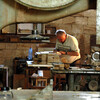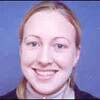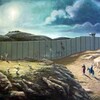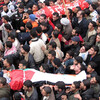
Alternative News Briefing
2 January 2006
A booklet explaining key terms in Palestinian history from 1948 onwards is being distributed among Arab schoolchildren in Israel for the first time. “We are trying to break the stranglehold of the Education Ministry on the information given to our children, which is always presented from a Zionist perspective,” said Asad Ghanem, head of political science at Haifa University and one of several academics behind the initiative. Called “Belonging and Identity”, the booklet includes entries on 99 major personalities, places and landmarks in the Palestinian story, as well as explanations of the most important concepts employed in political debates about the region’s future. Read more about Alternative News Briefing








